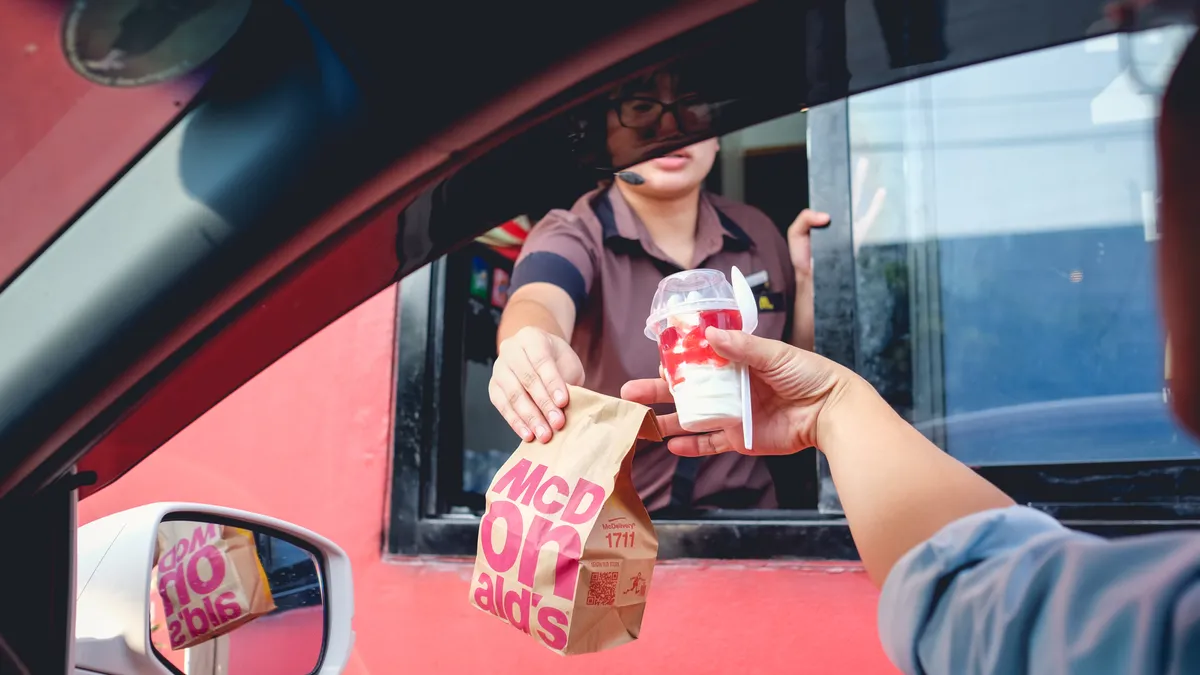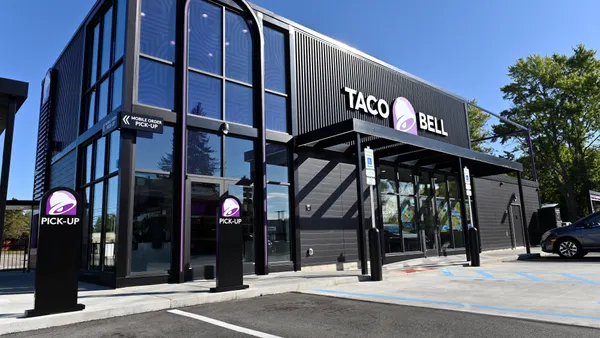Adaptation, not survival: how restaurants are navigating 2025’s rising pressures
The restaurant industry has never been one to sit still. But in 2025, it’s not just evolving—it’s adapting under pressure. Food costs are up. Labor remains expensive and hard to retain. Tariffs are putting even more pressure on margins, while shifting consumer behavior continues to challenge the old playbook.
According to a recent midyear survey of restaurants representing over 5,000 locations across the U.S., the story of 2025 so far is one of resilience through strategic adaptation. Here’s what the data—and operators themselves—reveal about how restaurants are staying competitive in a volatile landscape.
Food & labor costs: the unrelenting squeeze
Food and labor costs remain top concerns. An overwhelming 91% of operators reported rising food costs, while 89% said the same for labor. Inflation hasn’t cooled, and ongoing supply chain disruptions have made ingredient prices more volatile than ever.
But many operators aren’t simply raising menu prices and calling it a day. They’re approaching these challenges from multiple angles: tracking inventory and waste more frequently, streamlining menus, adjusting portion sizes and prioritizing margin-friendly items. Some are leaning into seasonal and local sourcing strategies to keep costs predictable while meeting growing consumer demand for sustainability.
On the labor front, restaurants are sharpening their scheduling strategies and investing in training programs that support employee growth. Cross-training, sales-based scheduling and better onboarding tools are being used not just to reduce costs, but to improve team morale and retention.
“We’re testing voice AI in the drive-thru to cover hard-to-staff shifts, adding throughput staff to boost traffic and reevaluating management structures so wage increases actually drive better service,” shared Kristen Sandhurst, CFO of Edotto Brands and Taco John’s of Iowa.
Tariffs: the silent margin killer
Tariffs have quietly become one of 2025’s biggest operational hurdles. Nearly 80% of operators said tariffs are affecting their business this year—with many expecting food costs to rise an additional 10-25% as a result.
The ripple effect is forcing restaurants to rethink their supplier relationships and sourcing practices. Strategic procurement, tighter vendor partnerships and smarter forecasting are becoming must-haves—not nice-to-haves.
Workforce realities: retention takes center stage
Food costs may be making headlines, but for many operators, hiring and retention are still the biggest day-to-day challenge. Turnover continues to eat into margins, with 42% of respondents reporting turnover rates between 11% and 25%.
So, what’s working?
Restaurants that invest in clear career paths, digital training tools and transparent pay structures are seeing stronger team engagement. In fact, over 30% of operators cited better training programs and increased wages as key retention drivers—closely followed by improvements to work-life balance.
“When employees see a clear trajectory—how they grow, how their pay improves and how they contribute to the guest experience—they stay,” said one operator.
What operators are focusing on now
Despite all the pressure, many restaurants are pushing forward with expansion and innovation. Fifty-two percent of survey respondents said their main priority for the second half of the year is increasing sales, followed by reducing costs (20%) and enhancing the guest experience (17%).
Restaurants are also exploring new revenue streams to diversify income. Catering, takeout-focused menus and branded merchandise are helping balance rising costs while strengthening brand loyalty. Meanwhile, nearly half of surveyed operators are scaling back location growth—signaling a shift toward optimizing existing operations rather than rapid expansion.
Sustainability: good for business, not just the planet
Sustainability has become more than a nice-to-have—it’s emerging as a cost-saving strategy. Seventy-three percent of operators said they’ve adopted at least one sustainable practice this year. Popular tactics include waste tracking, smart ordering through forecasting and switching to eco-friendly packaging. Many of these practices reduce operational waste and align with consumer expectations around transparency and environmental responsibility.
The road ahead
If there’s a single theme that runs through all of this, it’s not doom—it’s determination. Operators are tightening up operations, investing in their teams, and embracing technology not for its own sake, but because the margin for error has simply vanished.
Whether it’s workforce training, better inventory tracking, or thoughtful menu design, the second half of 2025 will reward those who act decisively, not reactively. The restaurants that thrive will be the ones that turn pressure into progress.










